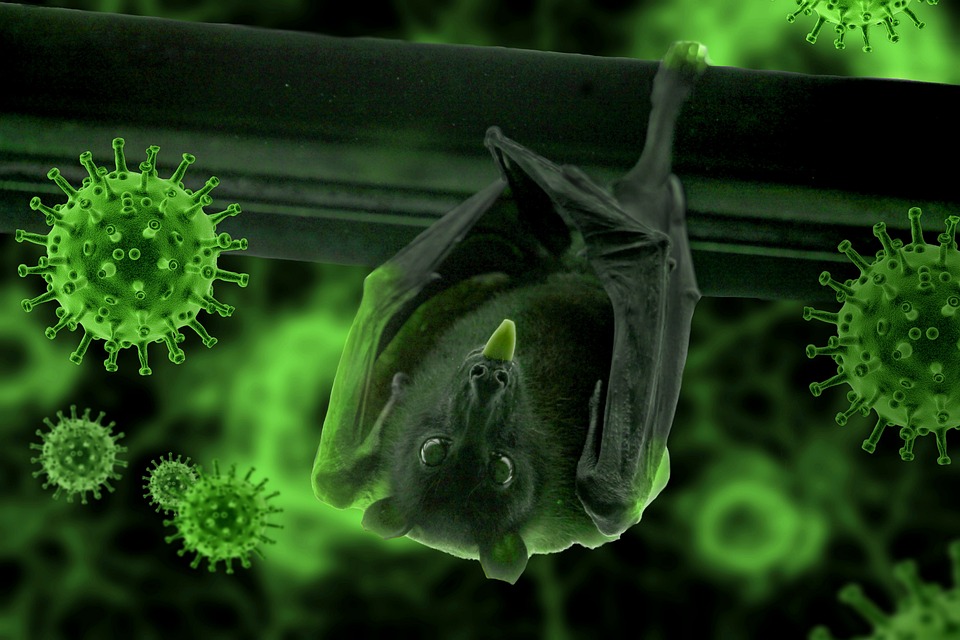Nipah Virus More Deadlier Than Covid-19
In the midst of the COVID-19 pandemic, the world’s attention was understandably focused on this highly contagious and deadly virus. However, another virus, known as Nipah, has been lurking in the background, and its potential threat is raising concerns among global health experts. Nipah virus, while less widespread than COVID-19, possesses unique characteristics that make it potentially deadlier.
Understanding Nipah Virus
Nipah virus (NiV) is a zoonotic virus, meaning it can be transmitted from animals to humans. It was first identified in Malaysia in 1999 when it caused an outbreak of severe respiratory illness and encephalitis among pig farmers and those in close contact with infected pigs. Since then, sporadic outbreaks have occurred in various countries, including Bangladesh, India, and the Philippines. While Nipah outbreaks are less frequent than COVID-19, they are associated with a significantly higher mortality rate.
- Deadlier Fatality Rate: One of the most alarming aspects of Nipah virus is its high case fatality rate (CFR). While the CFR for COVID-19 has varied from country to country, it generally hovers around 1-3%. In contrast, Nipah virus has recorded CFRs ranging from 40% to 100% in different outbreaks. This means that Nipah virus has the potential to be far deadlier on an individual level.
- Limited Treatment Options: Unlike COVID-19, which has multiple vaccines and several treatments, Nipah virus has no approved vaccines or specific antiviral drugs. Patients primarily receive supportive care to manage their symptoms, but the lack of targeted treatments is a significant concern. This limited arsenal against the virus makes it more challenging to control outbreaks and reduce fatalities.
- Efficient Human-to-Human Transmission: Nipah virus is primarily transmitted from animals (usually fruit bats) to humans and can also spread through human-to-human contact. It is a respiratory virus, making it highly contagious in close-knit communities or healthcare settings. Although COVID-19 is more contagious overall, Nipah virus’s efficient human-to-human transmission in certain settings can lead to rapid and severe outbreaks.
- Potential for Asymptomatic Spread: Another factor that sets Nipah virus apart is its potential for asymptomatic transmission. Some individuals infected with Nipah may not show any symptoms but can still transmit the virus to others, which makes it harder to detect and control the spread.
- Limited Global Awareness: Compared to COVID-19, Nipah virus has not received as much global attention or research funding. This relative obscurity could result in slower responses and inadequate preparedness when outbreaks occur.
Mitigating the Threat
Given the unique challenges posed by Nipah virus, it is crucial to take proactive measures to mitigate its risks:
- Research and Development: Investing in research to develop vaccines and treatments specifically for Nipah virus is essential. Governments and international organizations should prioritize funding for Nipah research.
- Surveillance and Early Detection: Enhanced surveillance systems in areas at high risk for Nipah outbreaks can help detect cases early, enabling rapid containment measures.
- Public Awareness: Raising public awareness about Nipah virus, its symptoms, and preventive measures can help communities protect themselves.
- Infection Control: Implementing strict infection control measures in healthcare settings and promoting safe practices among caregivers can reduce the risk of human-to-human transmission.
- Collaboration: International cooperation and information sharing are vital for effectively managing Nipah outbreaks, as the virus knows no borders.
Further Reading
Fears over bat virus deadlier than Covid as cases soar – 10 symptoms to look out for (msn.com)
Nipah virus: epidemiology, outbreaks and guidance – GOV.UK (www.gov.uk)
Factsheet on Nipah virus disease (europa.eu)
Nipah: India’s Kerala state tests hundreds after fifth case – BBC News
Nipah: What do we know about virus spreading in India’s Kerala? | Reuters
Conclusion
While COVID-19 has dominated headlines and disrupted lives worldwide, Nipah virus remains a lurking threat with the potential to be deadlier on an individual level. Its high fatality rate, lack of specific treatments, efficient human-to-human transmission, potential for asymptomatic spread, and limited global awareness make it a cause for concern. To mitigate the threat posed by Nipah virus, it is crucial to invest in research, strengthen surveillance systems, raise public awareness, and promote international collaboration. Only through these concerted efforts can we hope to prevent future Nipah outbreaks from becoming public health catastrophes.
ADVERTISEMENT

#covid19 #coronavirus #who #nipahvirus #lockdown #pandemic #germawareness
Andrew Jones is a seasoned journalist renowned for his expertise in current affairs, politics, economics and health reporting. With a career spanning over two decades, he has established himself as a trusted voice in the field, providing insightful analysis and thought-provoking commentary on some of the most pressing issues of our time.











